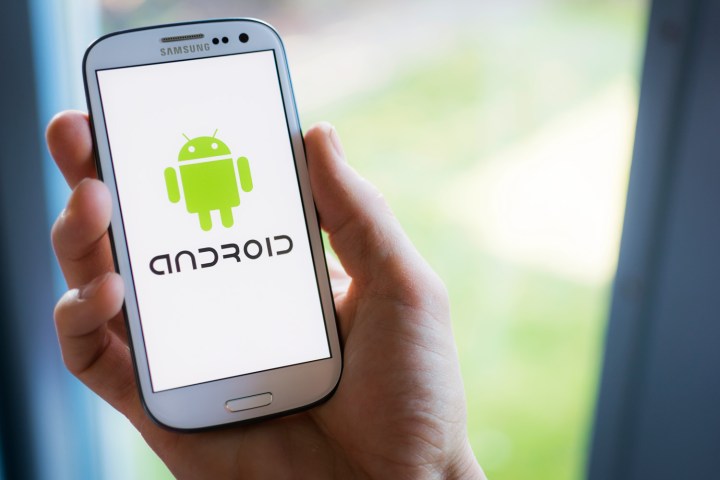
The three-year-old program has proven useful in developing markets like India where demand for low-cost smartphones is high. As per the Information’s unnamed sources, the first of the Android One phones (which will be made by an unidentified hardware supplier) will cost somewhere between $200 and $300, and ought to appear in American markets by mid-2017.
Perhaps the most important aspect to these low-cost phones comes in the form of a Google guarantee that the handsets will be updated with the latest Android updates and security fixes for a full 24 months from the date of sale. This is key because many of the more affordable
The original Android One devices debuted in India in September 2014, manufactured by local firms and bearing a price tag of $105. Since then, the program has launched handsets in Bangladesh, Nepal, Sri Lanka, the Philippines, Turkey, Nigeria, Ghana, Spain, and Portugal. So sure, it seems like high time that the U.S. benefited from these phones, too.
Google’s latest move could help Android stymie its loss to the iEmpire. Last year, Apple CEO Tim Cook noted, “… fiscal 2016 saw more customers switch from
Editors' Recommendations
- Android phones finally have their own version of AirTags
- One of the Galaxy S24’s coolest features is coming to other Android phones
- The OnePlus Pad is a lovely Android tablet with a surprising flaw
- One of 2023’s most interesting Android phones just dropped
- The OnePlus 12 could be one of 2024’s best Android phones


